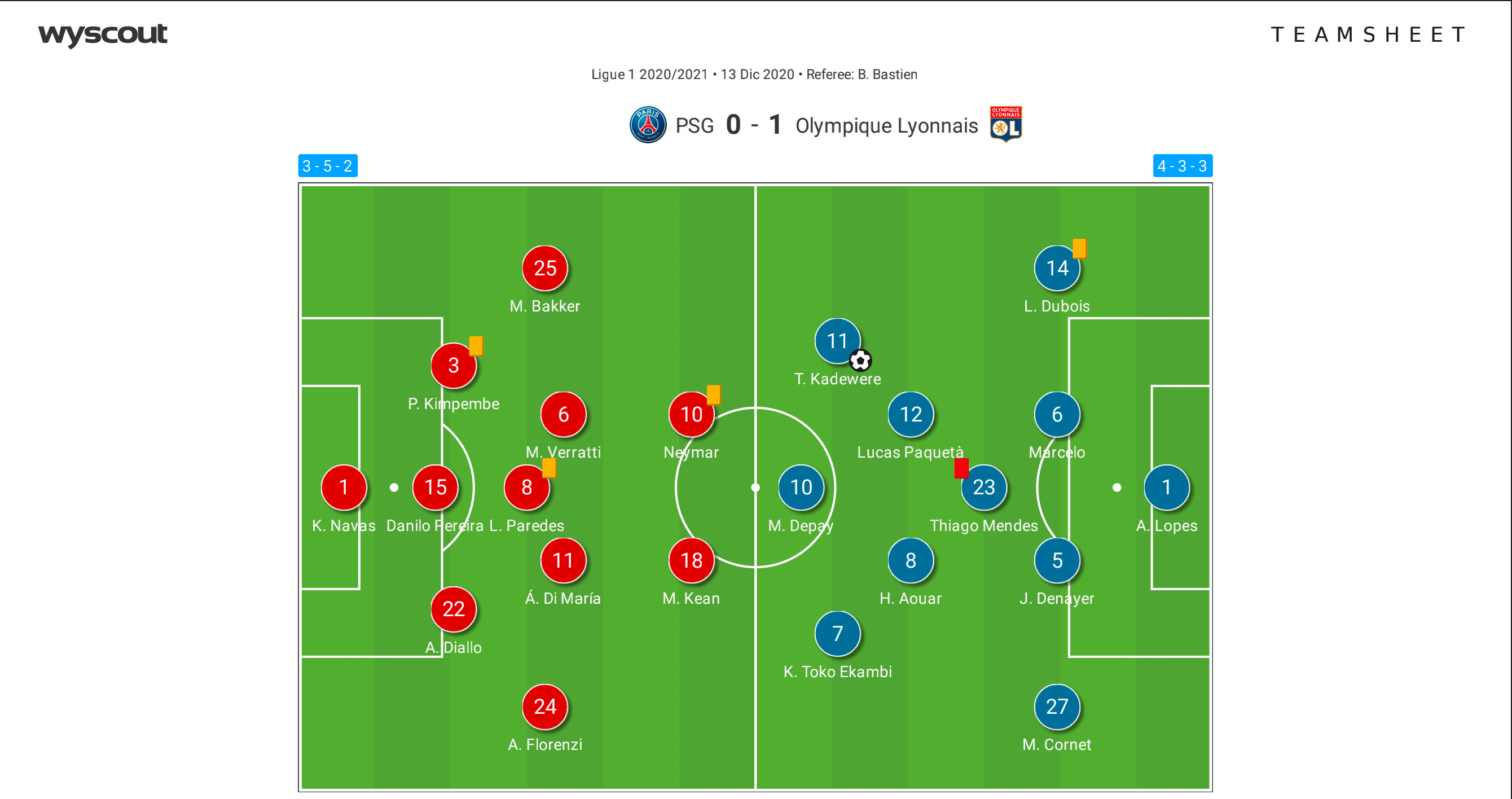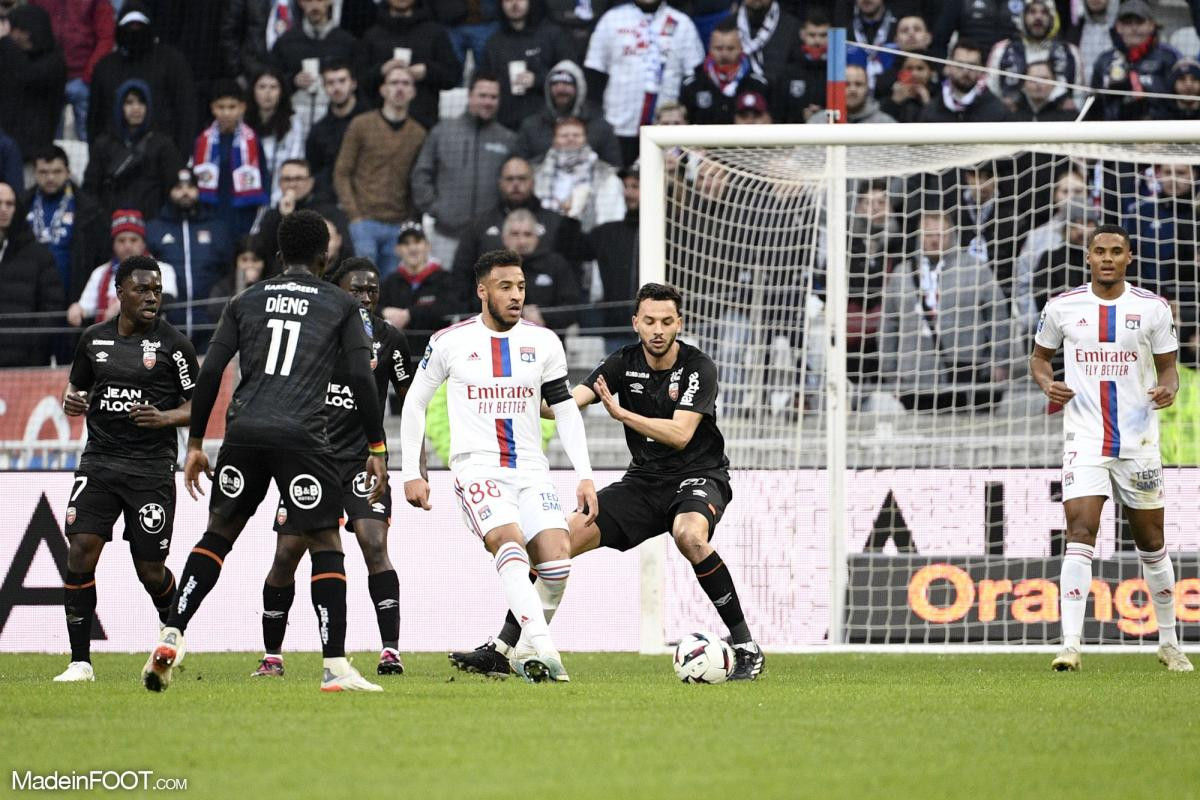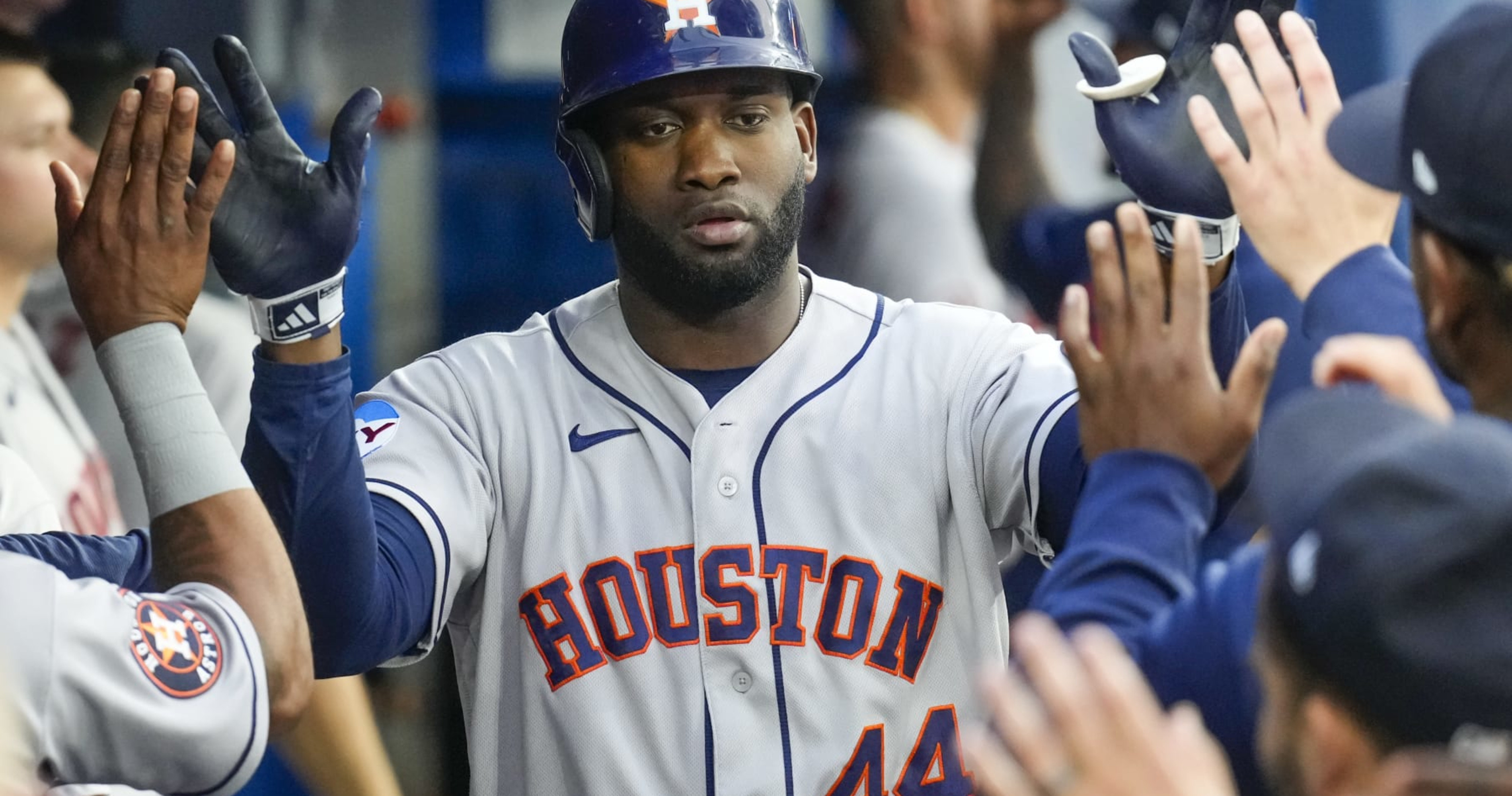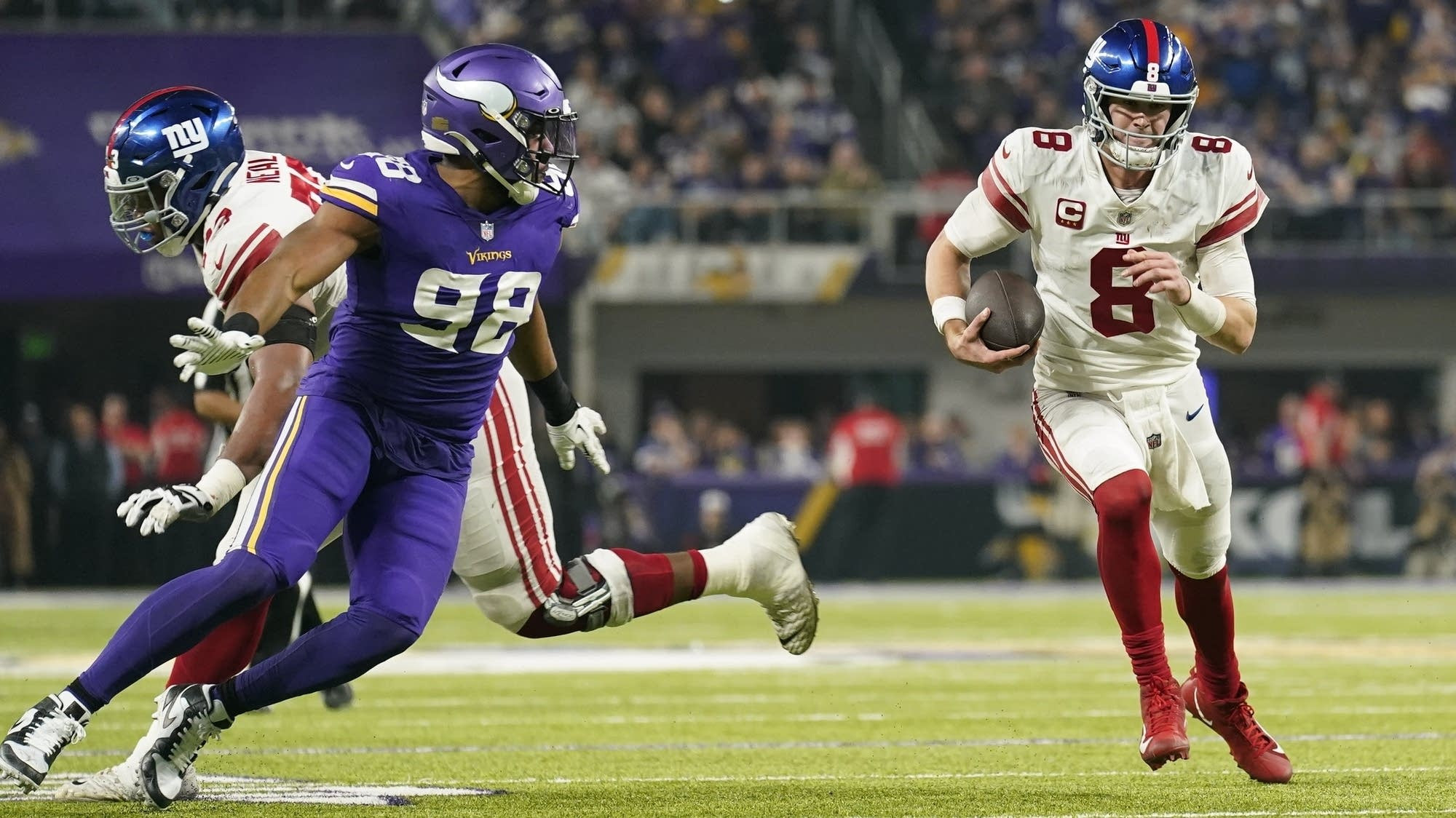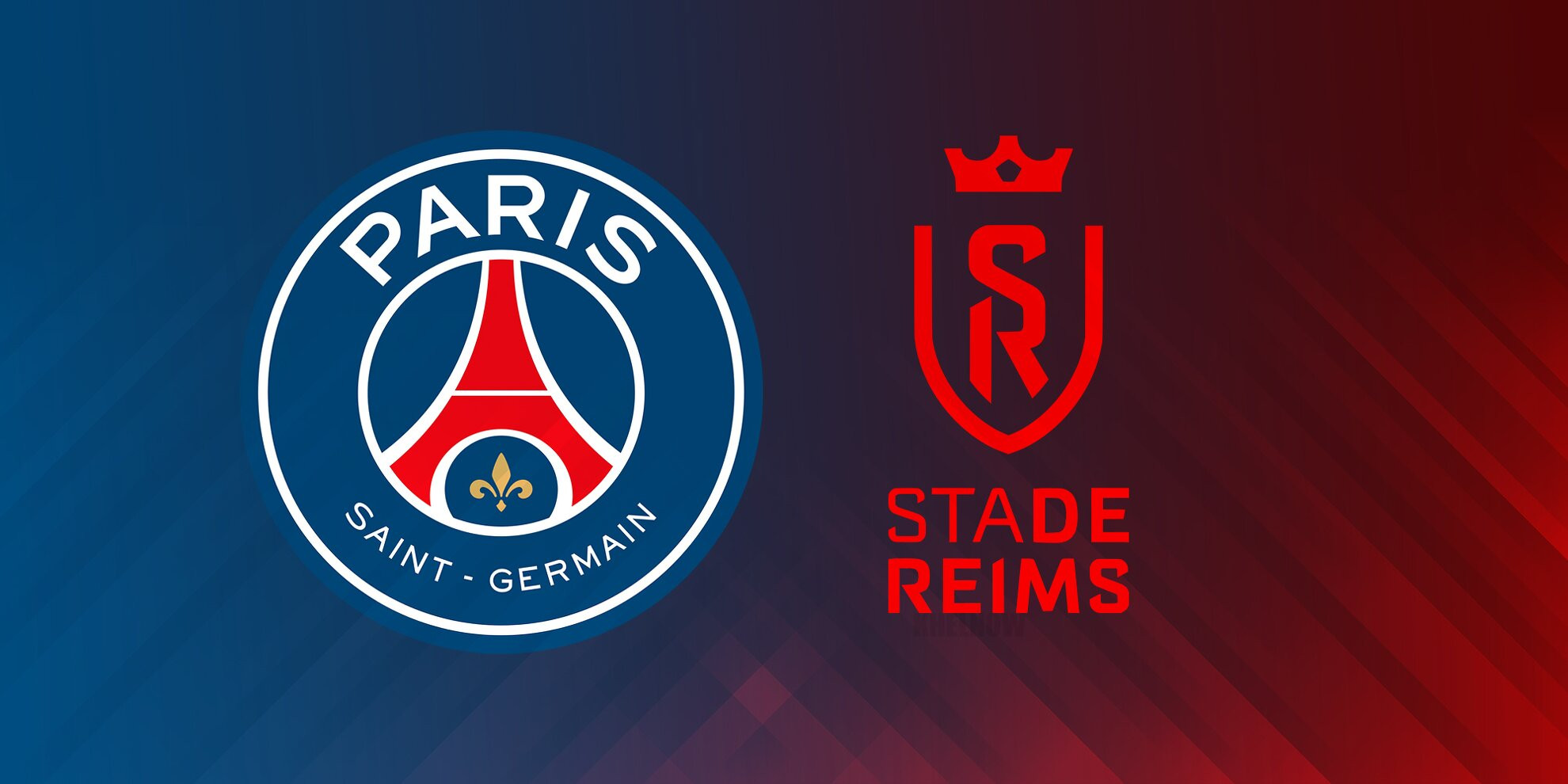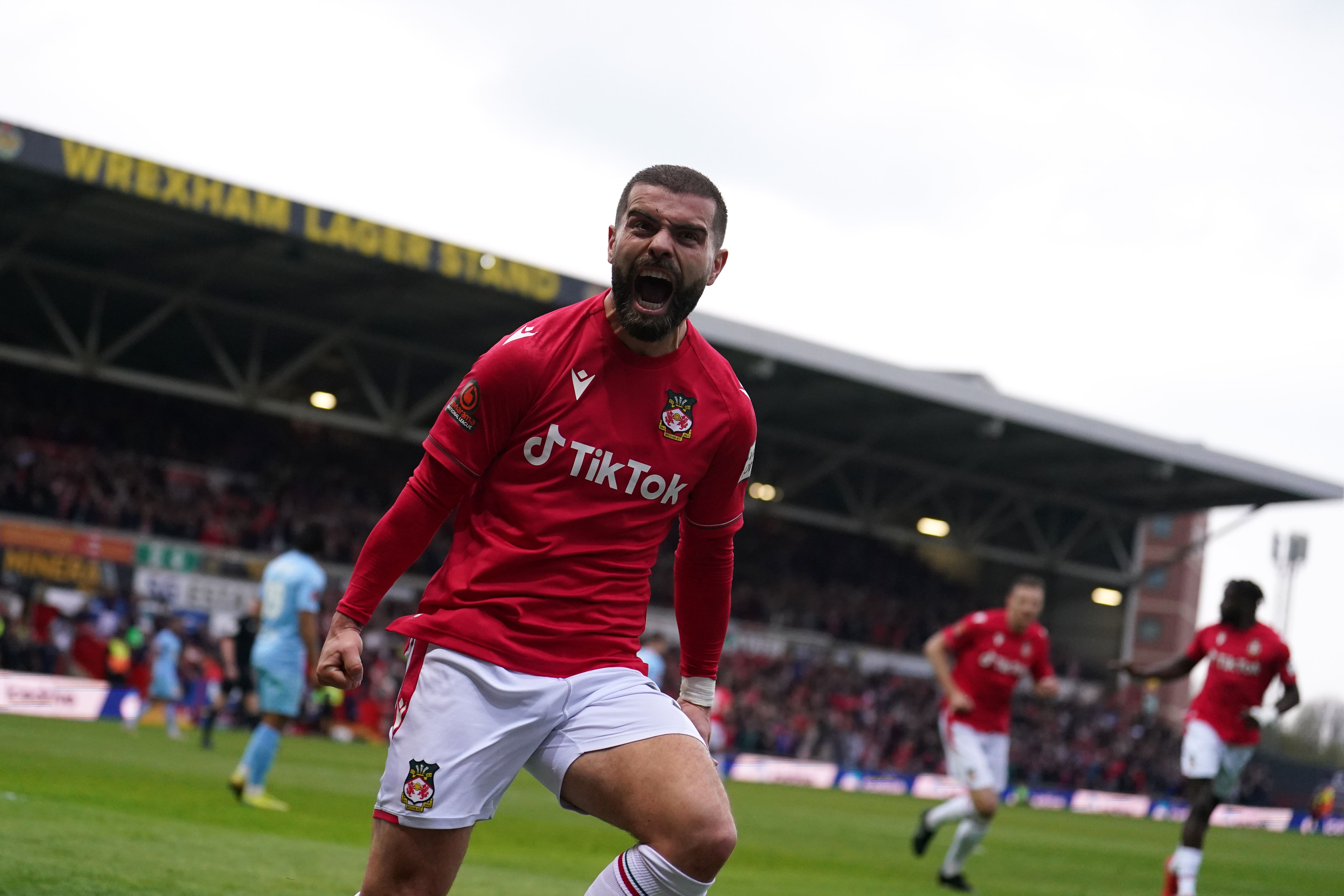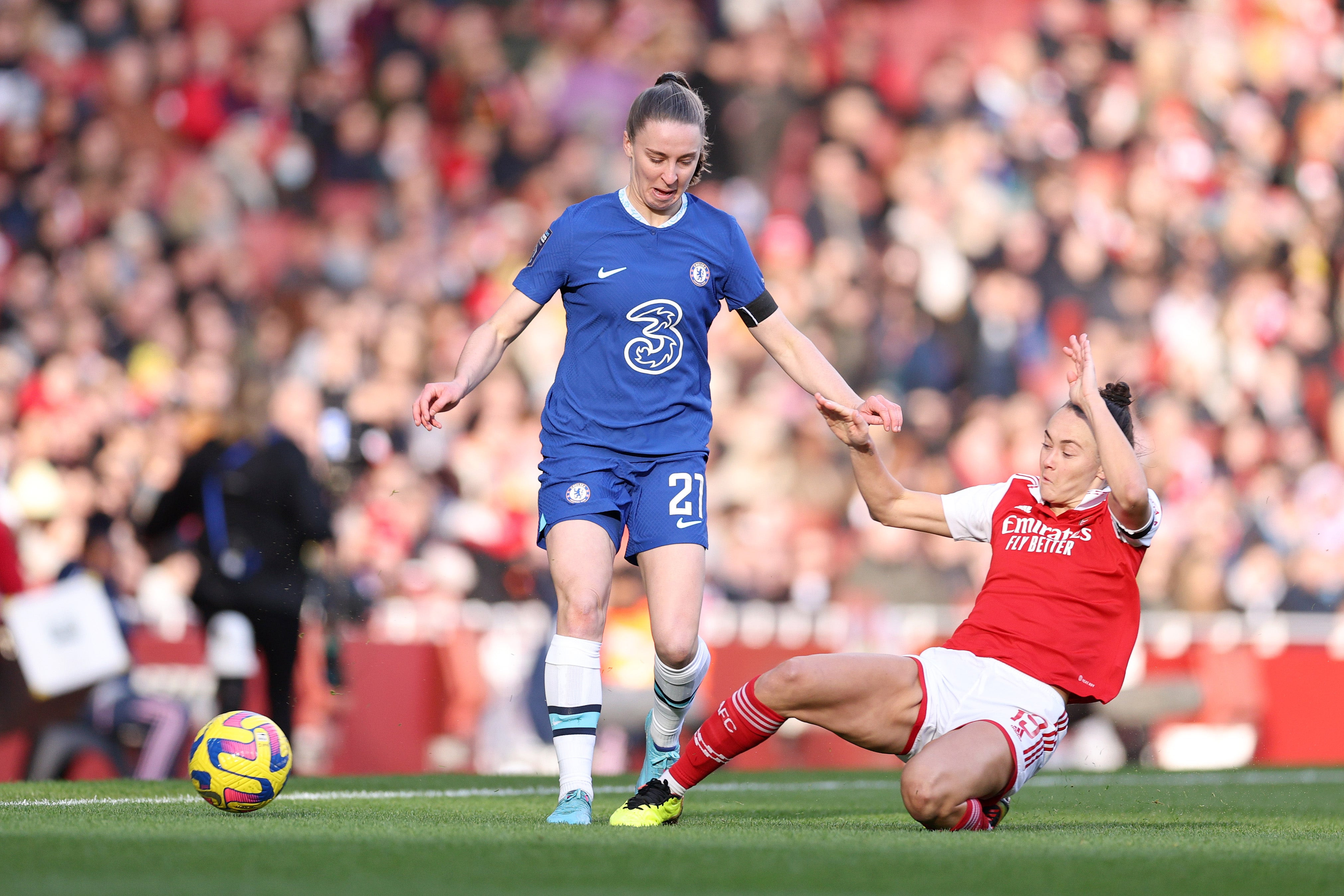The Battle for European Football: Examining Lyon & Lille's Summer Transfer Strategies
As the 2024/25 Ligue 1 season approaches, the battle between clubs shifts from behind-the-scenes preparations to on-field confrontations. This season provides a prime opportunity to assess each team's transfer window activity and judge their squad's potential for success.
Lille and Lyon, two established French giants, are both aiming for UEFA Champions League qualification in 2025/26. However, their recruitment approaches this summer have been starkly different, reflecting their respective stages in their journeys.
This Ligue 1 recruitment analysis utilizes data and statistics to dissect the summer transfer window strategies of Lille under the leadership of 'Director of Professional Football' Franck Béria and 'Sports Coordinator' Sylvain Armand, and Lyon under 'Sporting Director' Friio. It's important to note that as the summer transfer window is not yet closed, these figures are not definitive, but they offer a valuable insight into both clubs' current approaches.
Lille's Sustainable Transfer Model
Lille's transfer strategy stands out with its focus on generating profit, making them the most profitable team in Ligue 1 at the time of writing. Their net spend this summer is a modest €13 million, spread across five new arrivals.
One notable signing is 23-year-old Norwegian playmaker Osame Sahraoui, acquired for €8 million from Eredivisie side Heerenveen. Lille also secured the signature of 19-year-old Ngal'ayel Mukau from Belgian Pro League KV Mechelen for €5 million. Other notable acquisitions include Ethan Mbappé, Thomas Meunier, and Aïssa Mandi, all arriving on free transfers. Meanwhile, they have parted ways with seven players, including Leny Yoro, who joined Manchester United for a hefty €62 million.
Lille's average age of signings is notably younger than Lyon's. While a one-year difference may not seem significant, it reflects their desire to retain resale value, evident in their focus on younger players with potential. This strategy has proven successful, generating a net transfer profit of €319.45 million since Béria's arrival in 2017/18.
This sustainable cycle relies on their strong scouting department, robust connections, and youth academy. While not every player signed will generate profit, the overall strategy aims to generate enough profit to sustain their operations. This model has its pros and cons. The focus on developing players before they reach their peak can lead to a squad lacking the quality needed to consistently compete at the highest level, as seen in their 10th-place finish in 2021/22.
However, the potential for multiple investments to blossom simultaneously creates the opportunity for remarkable achievements, as witnessed during their Ligue 1 title win in 2020/21. Since Béria's arrival, Lille has consistently finished in the top half of the league, demonstrating the reliability of their approach.
Lyon's High-Stakes Investment
Lyon, under Friio, has adopted a contrasting approach, prioritizing immediate impact over long-term development. They have made significant investments, spending €134.3 million on eight new arrivals. These include Moussa Niakhaté (€31.9 million) and Orel Mangala (€23.4 million) from Nottingham Forest, Saïd Benrahma from West Ham United (€14.4 million), Ernest Nuamah from RWD Molenbeek (€28.5 million), Georges Mikautadze from Metz (€18.5 million), Abner from Real Betis (€8 million), Mama Baldé from Troyes (€6 million), and Duje Caleta-Car from Southampton (€3.59 million).
Lyon's strategy centers on signing players in their prime, ready to contribute immediately. Their most significant acquisition, Niakhaté, is 28 years old, and apart from Nuamah (20), who was signed on loan last season, they have not signed anyone under 23. This approach emphasizes experience and proven quality over potential.
Like Lille, Lyon has generated a significant net transfer profit over time, totaling €186.5 million. However, this season's high spending represents a departure from their usual strategy. While they have consistently finished in the top eight since 2017/18, their ambition for more significant achievements has led to this recent investment.
Friio, with his previous experience at Marseille, has a history of overseeing significant investments. During his time at Les Phocéens, he was instrumental in a three-year period that saw Marseille invest €245.01 million, with a net transfer spend of €160.39 million. While Friio cannot be solely blamed for Marseille's lack of league success, the results did not match the level of investment.
Analyzing Market Preferences
Lille has predominantly focused on the French market, with Portugal being their second most-utilized market. This reflects their strong connections within the Portuguese market, a key aspect of their strategy. The UK, Italy, Spain, and Germany have contributed 15 players to Lille's squad, placing them on par with Belgium, Türkiye, Brazil, and the Netherlands in terms of the number of signings.
Lyon, on the other hand, has heavily favored France (24 signings) and the UK (19 signings). They have strong connections in Brazil, with eight players arriving from the South American powerhouse. Spain, Belgium, Italy, Germany, the Netherlands, and Türkiye have also provided multiple signings for Lyon since 2017/18.
Lyon's market focus has been narrower than Lille's, with a preference for Europe's top leagues. This aligns with their strategy of signing experienced players who can contribute immediately. Lille, in contrast, has sought out talent from various markets, reflecting their commitment to developing future prospects.
Friio's Transfer Philosophy: From Marseille to Lyon
To gain further insight into Friio's approach, we can examine Marseille's transfer activity during his tenure. From 2017/18 to 2020/21, Marseille focused on Europe's five most prominent leagues for their signings, with the UK being their primary market. During Friio's tenure at Marseille, Italy emerged as their main market, with 11 players arriving from the peninsula. The UK remained a significant source, with 10 players coming from there. Spain, France, and Germany also saw increased signings, while Portugal, Brazil, and Türkiye saw slight boosts in their popularity with Marseille.
This trend aligns with Lyon's recent transfer activity, highlighting Friio's preference for Europe's top leagues. Except for Nuamah, all of Lyon's summer signings have come from Europe's top five leagues. This approach makes sense when searching for players who can make an immediate impact and compete with the best in Ligue 1.
However, simply signing players from strong leagues doesn't guarantee success. As Lille has consistently shown, there's immense talent to be found outside those markets.
Conclusion: Two Sides of the Same Coin
Lyon and Lille exemplify contrasting recruitment strategies. One season is insufficient to definitively judge the success of a sporting director or director of professional football; long-term results are crucial. Béria's tenure at Lille has been marked by positive results, thanks to their sustainable recruitment policies. Friio's high-spending tenure at Marseille, however, did not yield the desired results.
Now, the question remains whether Lyon's high-stakes gamble on Friio will be more successful than his Marseille stint or another mark against his approach. The 2024/25 Ligue 1 season will reveal the outcome, as the clubs' respective squads are put to the test.




